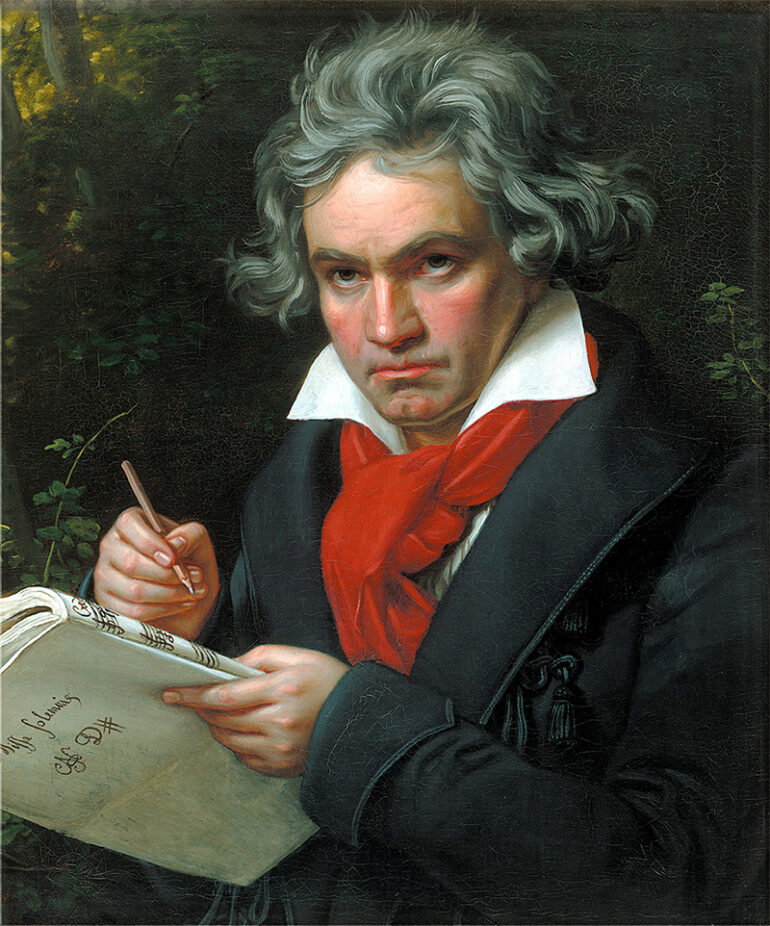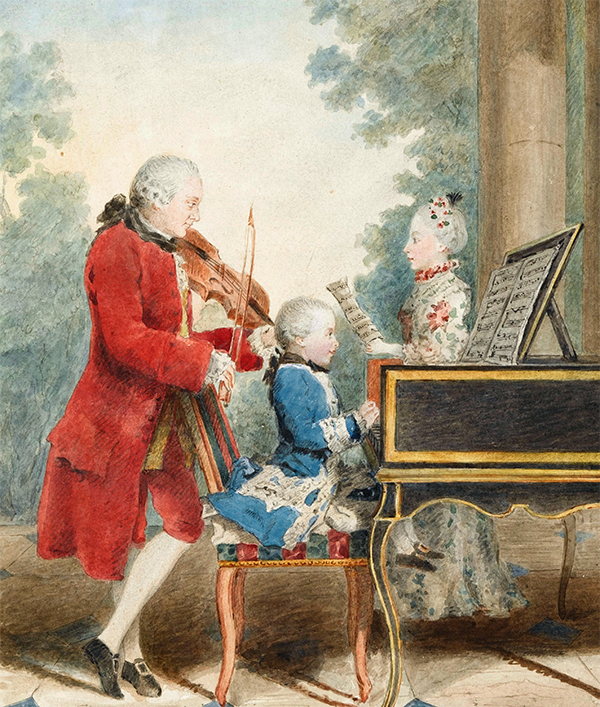Over time, music develops and changes. Following the extravagant and elaborate Baroque period, Classicism in the arts and architecture, especially music, was enthusiastically celebrated and encouraged. Classical music can be an umbrella term for four significant music periods or pertain to the Classical period of 1750 to 1830.
Evolution of Music
Some historians regard the era of the Baroque to be the birth of classical music. From its Renaissance roots, tonal music emerged throughout this period. One of the most defining aspects of baroque music is its polyphonic texture, in which several melodic voices are given equal weight.
Early 19th-century music enthusiasts used the term “classical music” to describe the period from Bach until Beethoven. This style, best characterized by music composed in Europe between 1750 and 1830, is characterized by its equilibrium, elegance, and homophonic textures.
Romantic era music is easily identifiable by the increased intensity and depth of feeling compared to prior eras. Drama, free-flowing expressiveness, poetry, and fantastical stories were the norm throughout the Romantic period when intense emotions were at a peak. The last period of Classical music is the Contemporary, beginning in 1920. It encompasses any popular musical genre created over the last several decades.
The Classical Era
Classical music revived popular styles during the Greek and Roman empires. The classical era’s composers and musicians had a strong connection to history because they drew inspiration from its philosophy, art, and culture. Like classical architecture, classical music is based on order and the illusion of simplicity.
Furthermore, this period has the works of several well-known composers. Composers like Mozart and Haydn, two of the most celebrated figures in music history, laid the groundwork for the Classical era. These two phenomenal composers greatly impacted the development of Classical music and set the stage for subsequent musical trends.
Sonata, a new musical form, arises in classical music like concertos. The string, brass, woodwind, and percussion instruments were standard throughout the classical era and the evolution of the orchestra. During this time, the piano became popular and associated with classical music.
The Term “Classic”
The term classic is also synonymous with eternal and timeless. Although produced within a specific timeframe, Classical music can be perfectly described as a timeless and sophisticated piece. Every classical piece is always meticulously notated. While popular music is usually performed in varied ways by various artists, classical music should be played roughly the same way every time.
Music is universal. It is also art, where strong emotions, principles, and values can be expressed and instilled. Moreover, the values of classical music composers are always on display in their work. Classical music was intended for professional musicians. It could generate a sophisticated sound with intricate harmonies and various melodies.
Many Classical composers used regular or periodic phrasing in their works. That’s because the melody is often written with measures of uniform length. Classic melodies have a phrase length of eight bars, with each bar having a duration of four beats. Many of the most popular Classical pieces benefit from this by taking on a more measured tone.
Photo Attribution:
1st and featured image by https://upload.wikimedia.org/wikipedia/commons/6/6f/Beethoven.jpg
2nd image by https://upload.wikimedia.org/wikipedia/commons/9/9e/Mozart_family_crop.jpg

